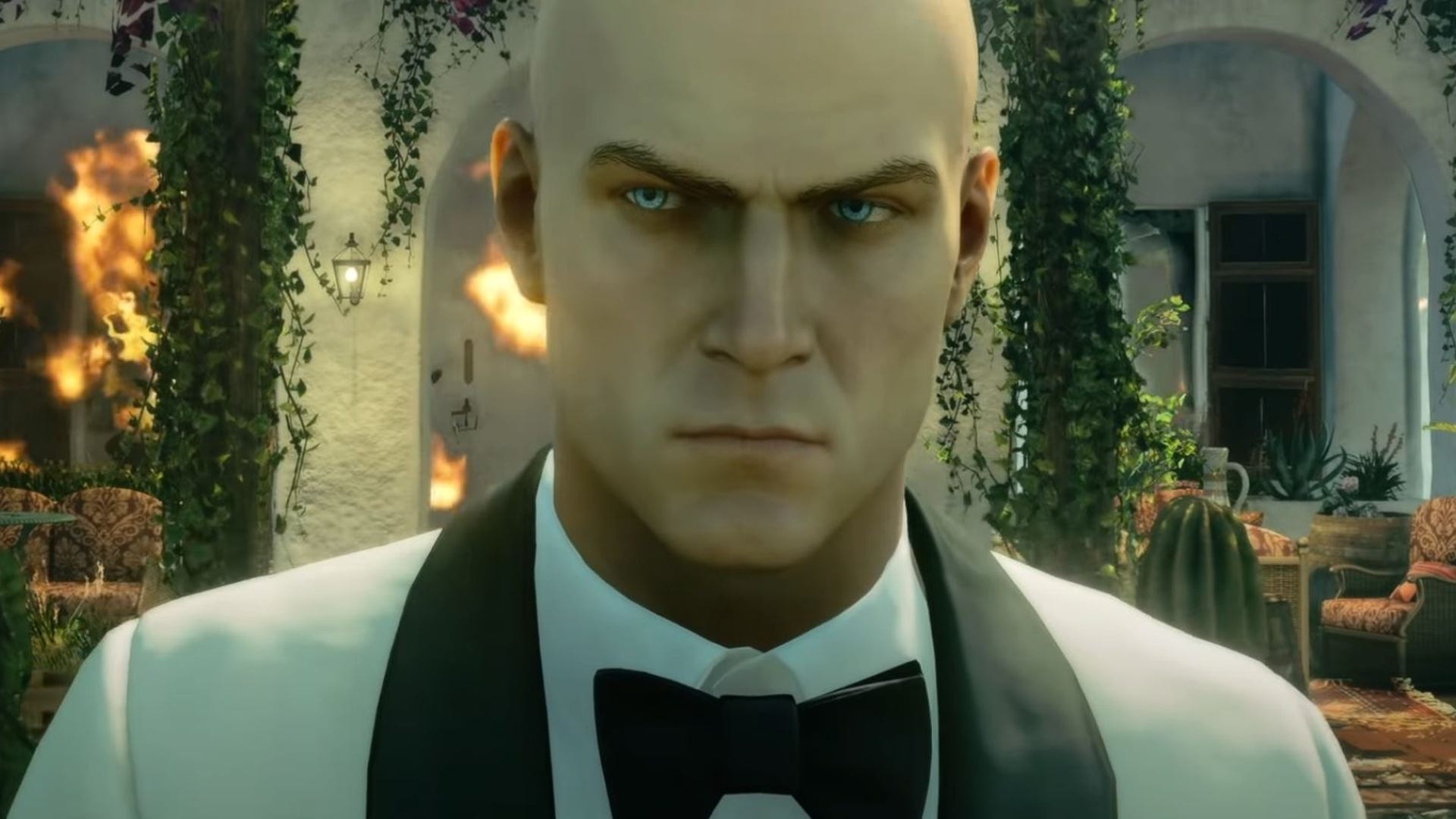2024 is less than three months old, and it’s already shaping up to be a grim year for the gaming industry.
Mass layoffs continue to be a tragic trend, major releases like Skull and Bones and Suicide Squad: Kill the Justice League are floundering, and hardware and software delays continue to raise questions about what we can safely look forward to. The industry is in rough shape, and its problems can no longer be disguised by a steady stream of major new releases as has been the case in recent years. If anything, the quickly declining quality and quantity of those major new releases are causing more gamers to wonder what is happening and how things are so bad.
As the industry’s console manufacturers and Triple-A studios scramble to find answers to all those questions, hope has emerged in somewhat surprising places. So far, the 2024 game of the year race is being led by unexpected titles like Helldivers 2, Palworld, Balatro, Pacific Drive, and Last Epoch.
Though those titles vary wildly in terms of their genres, gameplay, and narratives, they all have three crucial things in common. None of them ranked high among the most anticipated games of 2024 at the start of the year (if people know about them at all), each has been wildly successful, and they are all priced below the increasingly common Triple-A new release MSRP of $70. For that matter, they’re all priced below the formerly standard Triple-A MSRP of $60. Hell, you can buy both Helldivers 2 and Palworld for $70 or less.
I hesitate to call these games “budget” titles, even if that description is largely relative to the rising cost of major new releases. That word often carries a negative connotation that major companies have historically been all too happy to exploit. Along with the usual implications of inferiority comes the shame of the suggestion you can’t afford a more expensive product or that you feel the need to celebrate the lower cost of something in the first place.
But let’s be honest. A prolonged period of inflation and long-term economic issues coming home to roost have made the modern $70 game an increasingly tough sell. It’s not just a matter of having the money or not having the money. As rising prices force more people to view art and entertainment as just another product, more and more people demand reliability and consistency from them on some level.
The problem is that everyone has reasonably similar expectations of how a high-end microwave or smartphone should function. That shouldn’t be the case for video games, yet studios have spent years conditioning consumers to believe “this is what a top-of-the-line video game should look and play like” regardless of whether or not that game ends up being more functional than thrilling.
That’s what makes the sudden rise of these $40 and under phenomenons a magical (and potentially significant) moment for gamers. It’s incredible to be able to save money on a great game. Anyone who tells you differently is trying to sell you something. What makes these particular games special, though, isn’t just their lower price points but what those lower price points (and therefore lower budgets) allowed their developers to do.
Palworld is a survival game that looks (and sometimes plays) like a questionable Pokémon rip-off. Yet, it also doesn’t take the power of that franchise’s name for granted and instead aims to offer the kind of experience the mainline Pokémon games have often failed to provide to long-time fans.
Helldivers 2 does not look like a Triple-A game and is certainly more punishing than many such titles would ever dare to be. Yet, it is so much fun to play that people find themselves coming back to it simply because it offers a good time that can’t easily be found in larger experiences.
Last Epoch lacks Diablo 4‘s bells and whistles and action-focused accessibility. Yet, more and more who play it are discovering that it offers the kind of substantial ARPG experience they never knew they wanted from Diablo 4 until that game failed to provide it.
“Discovery” is the most important idea here. Higher prices for products make it riskier to be wrong about those products. These lower-cost games are making it easier for people to risk being wrong for the chance to discover something they truly love.
Games like Helldivers 2 and Palworld may not be for everyone (and they had to sacrifice a lot of bells to get where they are), but they are giving people something they couldn’t find elsewhere in titles that have grown too big to be anything less than broadly appealing. Even better, these cheaper titles are offering that while featuring few (or none) of the microtransactions that too often plague those $70 titles
Mind you, this isn’t a perfect situation. Helldivers 2, Last Epoch, and Palworld‘s server struggles reveal just some of the logistical limitations of their scope. Each is also dependent on future updates to varying degrees in ways that may lock their developers into dangerous live-service traps.
Furthermore, while sudden success fuelled by positive word-of-mouth is nice, it’s not exactly a replacement for a hefty marketing budget. I haven’t even mentioned many of the other great indie and Double-A games that came out this year, and let’s face facts: few of us will ever have the time and money to play them all regardless of their length and price.
But if you’re looking for something positive during a particularly bleak time for the video game industry, then perhaps it’s this. For as easy as it is to believe that people don’t want anything different, these games show that is not the case. People are willing to try and support new things when studios respect the economic factors that so often prevent them from doing so.
It’s a lesson we’re seeing with these $40 and less titles in 2024, but it’s not limited to them. Larger releases like Baldur’s Gate 3, Tears of the Kingdom, and Elden Ring all achieved widespread critical acclaim and record financial success in recent years because they respected the investment players had to make in them. They also didn’t rest on their respective legacies. Rather than use their names to get people in the door and give them exactly what they expected, they dared to be a bit bolder and trusted players (players, not just fans) to fall in love with them along the way.
I don’t know what the future of gaming looks like or how bad the industry will get before it reaches a better place. What I do know is that millions of gamers have spent the early part of 2024 celebrating the fact that the best games in a given year don’t always cost $70, don’t always have the biggest names, and often aspire to offer the perfect experience for the right kind of player rather than an acceptable plethora of content for anyone and everyone. For my money, that has to count for something.
The post Why 2024’s Best Games Are All “Budget” Titles appeared first on Den of Geek.











 Bengali (Bangladesh) ·
Bengali (Bangladesh) ·  English (United States) ·
English (United States) ·